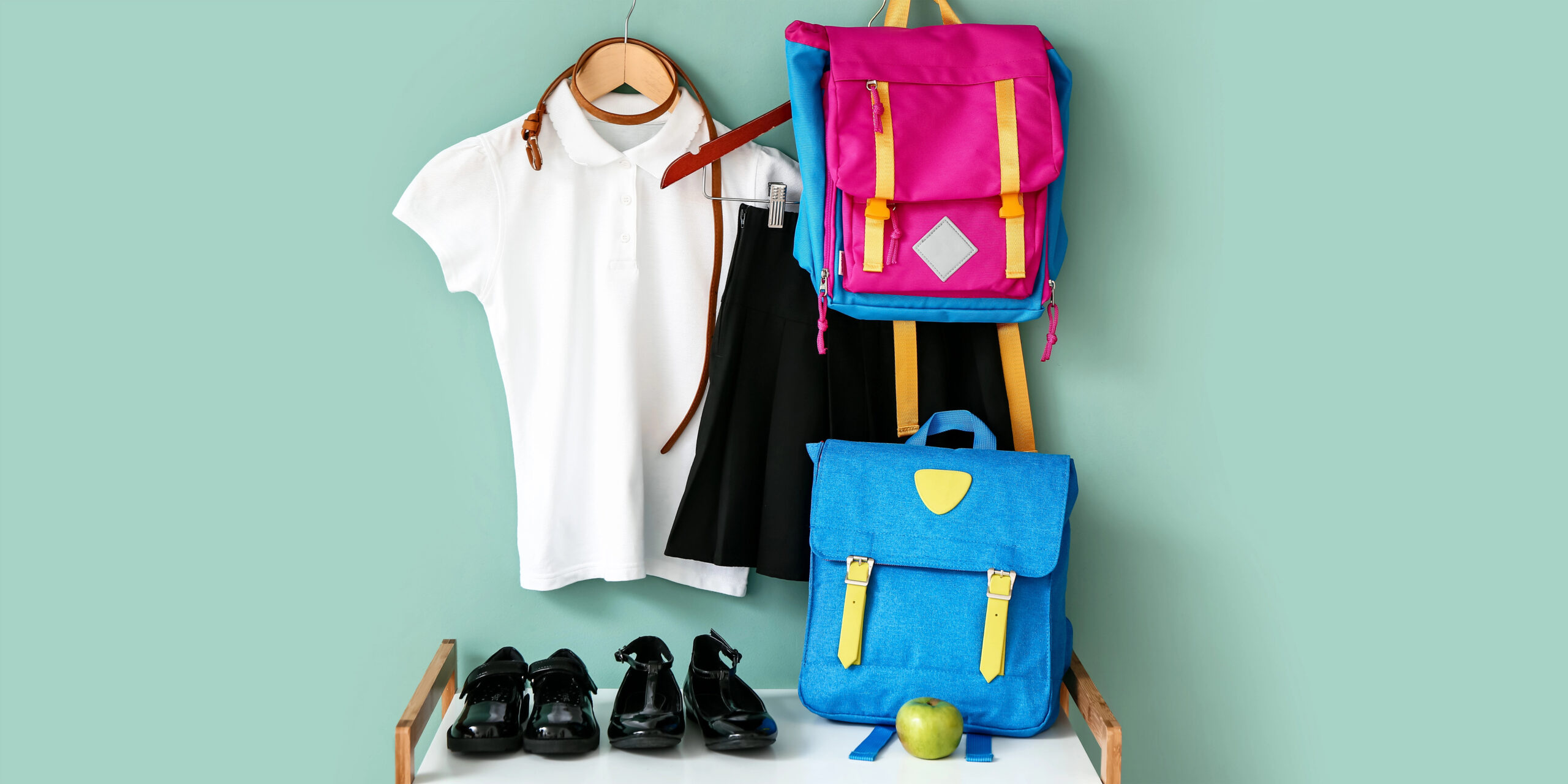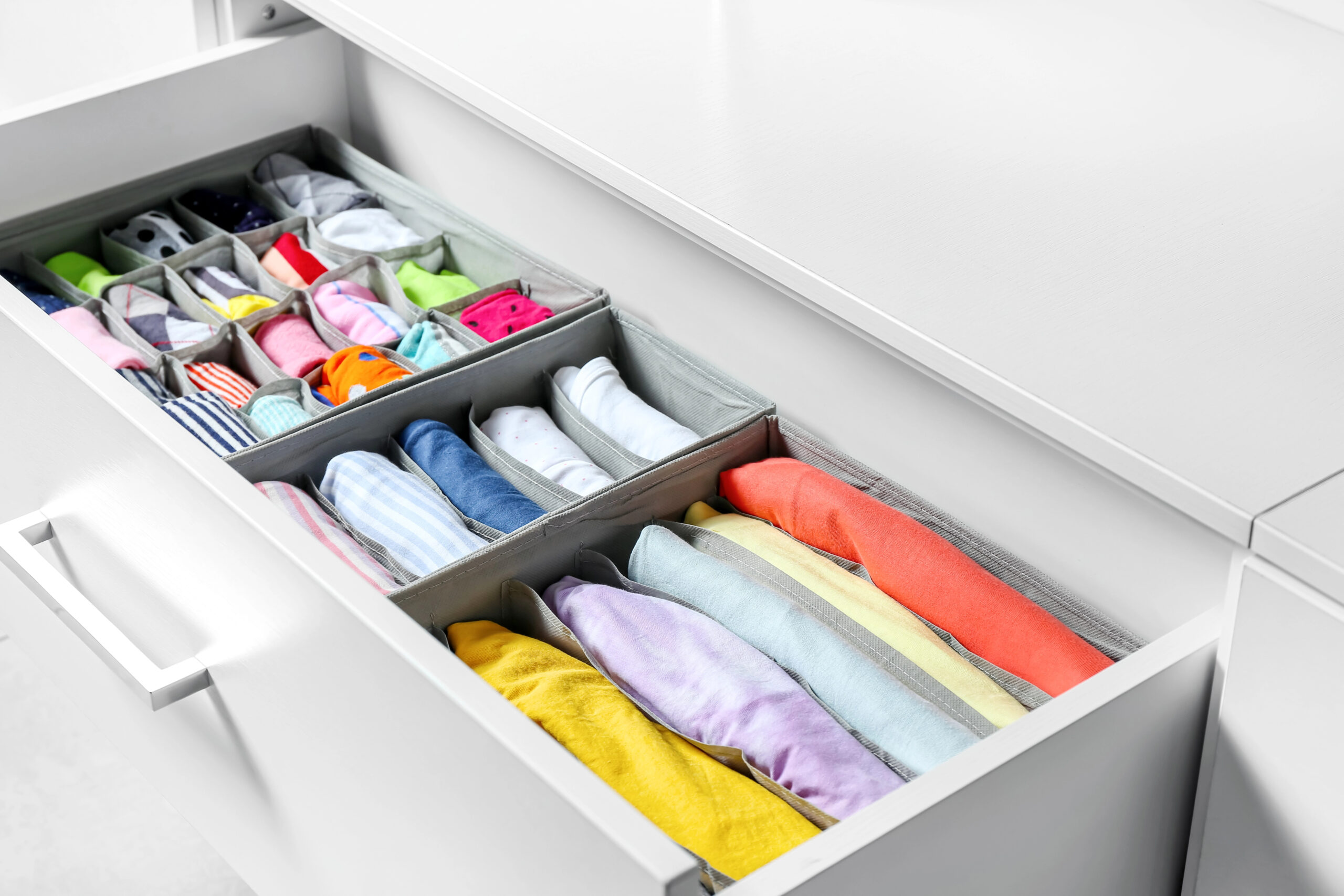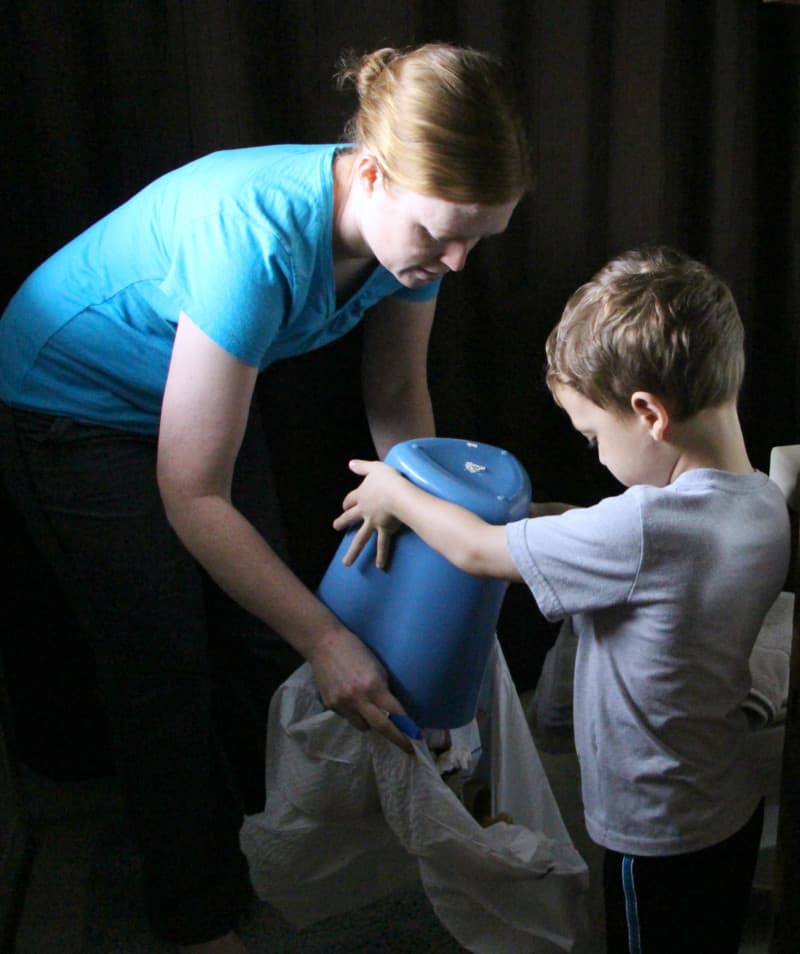Top 10 Organizing Tips That Make Family Life Easier
Life with kids is wonderfully chaotic. Between school runs, sports gear, meal prep, and the never-ending pile of laundry, it's easy for the house to feel like it's running you instead of the other way around. But with a few smart tweaks, you can bring back some calm and make daily routines smoother for everyone.
Here are ten practical organizing tips that can help simplify your home life, without adding more stress to your plate.

1. Create a Drop Zone by the Door
One of the easiest ways to reduce clutter is by designating a specific area near your main entrance for everyday items.
- Install wall hooks or a coat rack
Give each family member their own hook for backpacks, jackets, or hats. This keeps things off the floor and makes mornings less hectic. - Add a small bench with storage
A bench provides a place to sit while putting on shoes, and the storage underneath can hold footwear or bags. - Use labeled baskets or bins
Assign a basket to each person for miscellaneous items like keys, sunglasses, or mail. This helps keep surfaces clear and essentials easy to find.
2. Streamline Your Meal Planning
Meal times can be stressful, but a bit of planning can make a big difference.
- Create a weekly meal chart
Plan out dinners for the week and display the chart in the kitchen. This reduces last-minute decisions and helps with grocery shopping. - Prep ingredients in advance
Chop vegetables, marinate proteins, or cook grains ahead of time. Store them in clear containers for easy access during the week. - Designate theme nights
Having a set theme for each night (like Taco Tuesday or Pasta Thursday) simplifies planning and adds a fun routine for the family.
3. Organize Pet Supplies Efficiently
Pets are part of the family, and keeping their items organized ensures their needs are met without adding to household clutter.
- Designate a pet station
Choose a spot to store leashes, toys, and grooming supplies. Keeping everything in one place makes it easier to care for your pet. - Get easy-to-warm meals
- It's important to feed your dog healthy, nutritious meals. Pet owners looking to provide high-quality meals can get nutritious, home-cooked frozen dog food options from companies like californiadogkitchen.com.
- Use labeled containers
Store food and treats in airtight containers to maintain freshness and prevent spills. Labels help everyone know what's inside.

4. Simplify Laundry Routines
Laundry can pile up quickly, but organizing your approach can make it more manageable.
- Assign laundry days
Give each family member a specific day to do their laundry. This spreads out the workload and teaches responsibility. - Use divided hampers
Hampers with separate sections for whites, colors, and delicates make sorting easier and save time. - Create a folding station
Designate a space with a flat surface for folding clothes. Keep hangers and baskets nearby to streamline the process.
5. Manage Toys and Play Areas
Toys can quickly overrun a home, but with some organization, playtime stays fun and tidy.
- Rotate toys regularly
Keep a portion of toys in storage and swap them out periodically. This keeps playtime fresh and reduces clutter. - Use clear storage bins
Transparent bins make it easy for kids to see what's inside, encouraging them to return items to their original place after use. - Label shelves and containers
Simple labels (with words or pictures) help children know where items belong, fostering independence and organization skills.
6. Maintain a Family Calendar
Coordinating everyone's schedules can be challenging, but a centralized calendar keeps everyone on the same page.
- Choose a visible location
Place the calendar in a common area, such as the kitchen or hallway, where everyone can see it. - Color-code entries
Assign a different color to each family member to easily distinguish appointments and activities. - Include all events
From school functions to doctor appointments, recording every commitment helps prevent overlaps and missed events.
7. Organize Kids' School Supplies
Keeping school materials in order helps kids stay focused and reduces morning chaos.
- Set up a homework station
Select a quiet area with good lighting and stock it with the necessary supplies, such as pencils, paper, and calculators. - Use color-coded folders
Assign different colors for each subject to help kids quickly find what they need. - Implement a filing system
Store completed assignments and important papers in labeled folders or binders to keep track of progress and reduce clutter.
8. Tackle Paper Clutter
Paperwork can accumulate quickly, but a system can keep it under control.
- Sort mail immediately
Designate a spot to sort incoming mail daily, separating bills, junk, and important documents. - Go digital when possible
Opt for electronic statements and bills to reduce paper influx. - Implement a filing system
Use labeled folders or a filing cabinet to store necessary documents, making retrieval easy when needed.

9. Encourage Daily Tidying Habits
Small daily efforts can prevent messes from becoming overwhelming.
- Set a timer for quick clean-ups
Spend 10-15 minutes each day tidying up common areas. This keeps spaces manageable and reduces the need for marathon cleaning sessions. - Involve the whole family
Assign age-appropriate tasks to each family member, making tidying a shared responsibility. - Celebrate progress
Recognize and reward efforts to maintain a tidy home, reinforcing positive habits.
10. Use Visual Schedules for Younger Kids
Life feels more manageable when kids know what to expect. Visual schedules help children understand their routines and reduce the number of times you have to repeat yourself each day.
- Create a morning and evening routine chart
Use images and simple words to outline tasks like brushing teeth, getting dressed, or packing school bags. When kids can see what comes next, they're more likely to follow through independently. - Use magnets or Velcro pieces
This lets kids physically move tasks from "to-do" to "done," which makes the routine interactive and more fun. It also gives them a sense of accomplishment with each completed step. - Update the schedule as needed
As your child's routine changes, maybe during summer or the school year, adjust the visuals to match. Keeping it current helps the schedule stay useful and avoids confusion.
This simple method gives structure to your day and empowers younger children to manage their time in a fun, visual way.
Implementing these organizing tips can transform your home into a more functional and peaceful space. Start with one or two changes, and gradually incorporate more as they become part of your routine. A well-organized home not only reduces stress but also creates an environment where the whole family can thrive.




